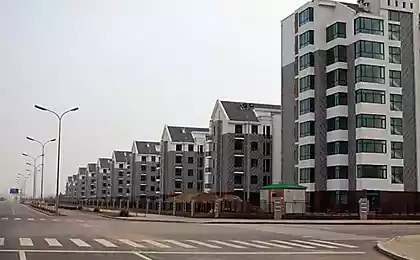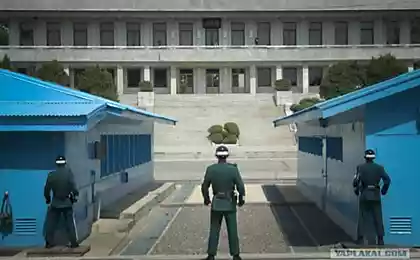1080
About ghost towns in China.
You have all probably heard about the ghost towns in China. Here are the images are walking across the internet.

Why China is building a large, well-designed ghost towns that are completely empty?
Photos for Google Earth city in the country represent a huge complex consisting of office skyscrapers, government buildings, residential buildings, residential towers and homes, all connected by a network of empty roads, and some cities are located in the most inhospitable places in China.
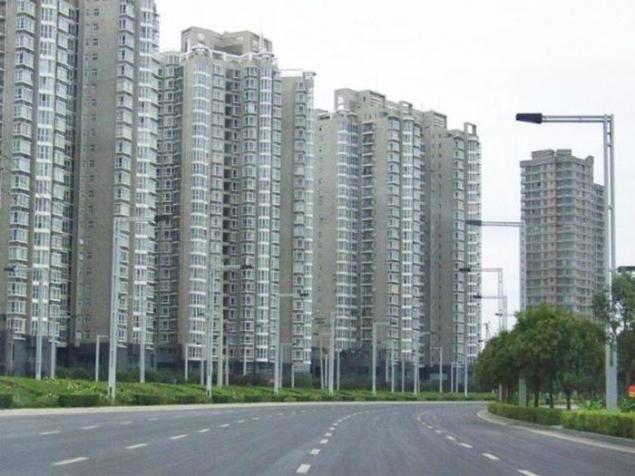
Images of ghost towns (after countless billions of dollars spent on design and construction) show that they have no one lives.
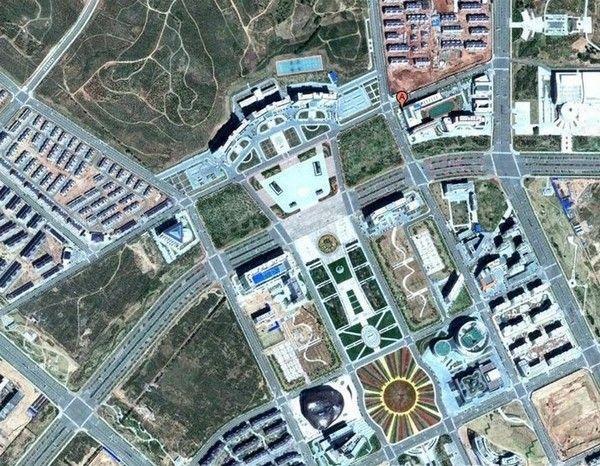
Picture looks like a giant film set, prepared for the filming of some apocalyptic film in which a neutron hit or unknown natural disaster destroyed the men, leaving skyscrapers, sports stadiums, parks and roads completely intact. One of these cities all built in the middle of the desert, in the inner Monogolii & quot ;.
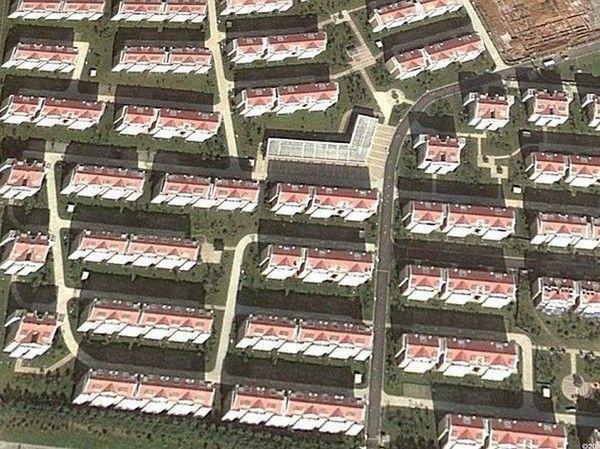
Business Insider published a series of photos of the Chinese ghost towns. None of these cars is not observed, except for about 100 pieces, parked on a large vacant lot near the government building, and another one, which depicts a beautiful park, and people are added to the photo editor.
China is now by some estimates about 64 million empty homes. In its "large areas of available land," China is building up to 20 new ghost towns in a year.
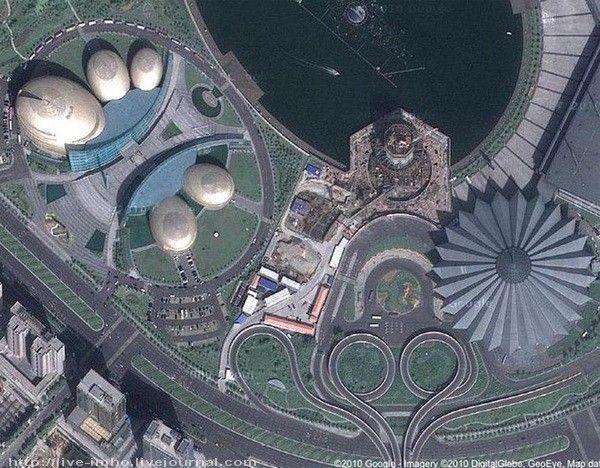
All anything, but I came here for a delusional explanation of the circumstances. Listen!
Currently, China has about 100 cities. And these freshly built ghost towns are the reserve fund to the public. In the event of war. Bomb them makes no sense, there are many more important goals. And existing residential city is sure to be struck, and probably nuclear. Restore them during the war, costly, and such huge masses of people not to stuff the cracks. It is much more profitable and easier to rebuild whole towns with existing infrastructure in advance, and at the right time to evacuate the population and the surviving remnants of the equipment from the factories and plants.
But there is one very unpleasant moment. Maintained
Let's all still revered real version.
Dai District Huizhou city, Guangdong Province covers an area of over 20 square meters. km. For several years he actively built and has a fully established infrastructure. However, for several years there empty for about 70% of living space, which made it a real "ghost town».
According to the Chinese newspaper "Daily Economic Bulletin", the new district Dai is located 70 km from the metropolis of Shenzhen, in just a few years it was completely built as a residential and administrative buildings and business. However, the broad streets between high-rise buildings is very rare to find passersby.
Since property prices in the area in 4-5 times lower than in neighboring Shenzhen, residents of the metropolis bought an apartment here. But they did it solely as an investment, hoping that by the time the price of this property will rise. They themselves do not live there, only occasionally visited by.
Their assumptions were correct, the past few years, real estate prices in the region jumped more than twice. The average square meter now costs 5,000 yuan ($ 714).
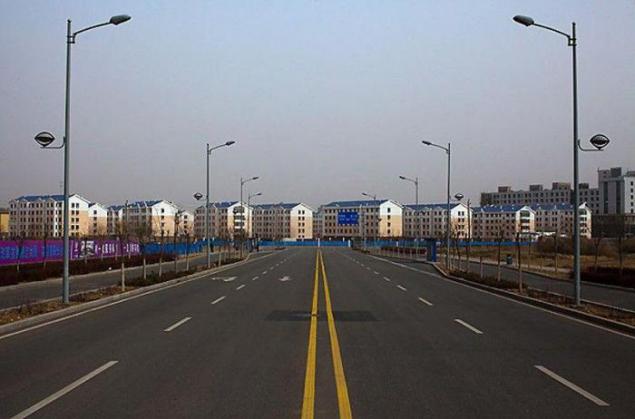
New town is similar to the area after the epidemic, which has survived a small part of the population. In the windows of high-rise buildings is rare where you can see the light.
"Then all the apartments have already been sold for a long time, but most owners do not live in them. Constantly live here less than 20% of tenants "- says the guard of one of the districts.
Locals joke: "We've got nothing grows but empty houses».
The company Forensic Asia Limited in its report points to the existence in China of many empty areas, so-called "ghost towns».
Zhengdong New District, Shenzhou city, Henan Province has been named the biggest "ghost town", as well as significant area of the housing bubble in China. The area began to build in 2003, it covers an area of 150 square meters. km. For several years he inhabited by less than 40%.
After this information was widely publicized in the media, a local official told the newspaper "China Business" totally rejected it. In turn, he said that the current level of settlement of buildings is 90%, while the number of residents of the area Zhengdong has exceeded 300 thousand. Man.
However, according to those same authorities, is now already built more than 30% of the planned development area, and the resulted officer level settlement is only 7, 5% of the planned number of residents, which in 2020, according to the project, shall be 4 million. Man .
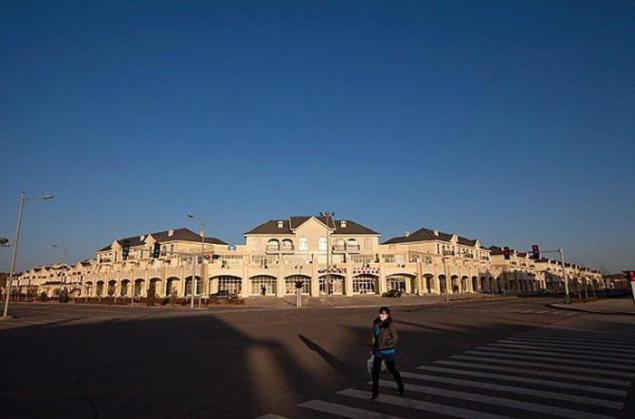
Last year, Chinese media reported that State Grid Company of China conducted a study of 660 cities. As a result, it was found that 65 electricity meters, 4 million. Apartments for six months zero readings. This suggests that the apartment no one lives. These apartments enough to stay 200 million. Man.
Chinese economist Xie Guozhong said that China remains empty 25% - 30% of new buildings. According to him, the area of housing in Chinese cities is 17 billion sq. M. m, which is sufficient for the settlement of all Chinese people.
When the financial crisis, many Chinese businessmen began to transfer their capital out of production in the real estate, to somehow avoid bankruptcy. Thus, a lot of houses and apartments in the country has been bought just for investment. But it also became the main reason for a sharp rise in property prices, which the authorities still can not take control.
The fact is that for some time due to the construction boom and diminished appetite and the possibility of developers world economic crisis originated in China hitherto unseen type of ghost towns. It is well-Residential, with all the necessary infrastructure to modern man, in which no one lives. And if it does not, we shall dwell there, all overgrown with weeds, in Pripyat.
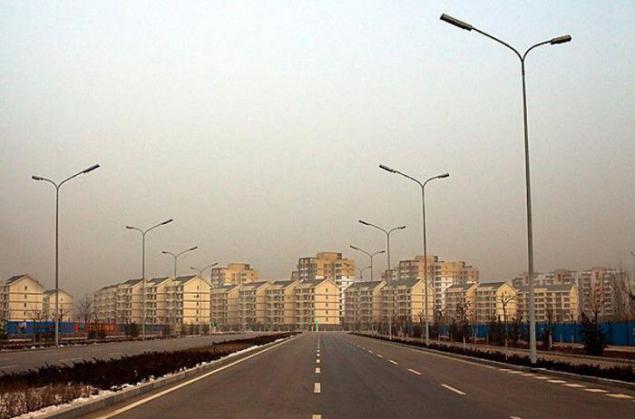
The construction boom resulted trillion yuan in new empty town for 64 million inhabitants. These neat 20 (so far) kingdoms buildings can be relocated to Ukraine, Moldova and Belarus. And at our place - the Chinese, let rake that we have not completed.
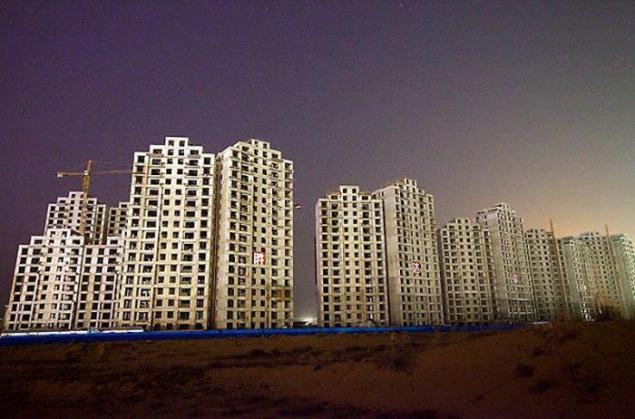
An elderly man pushes a cart crossing the road separating the building from complete still under construction.
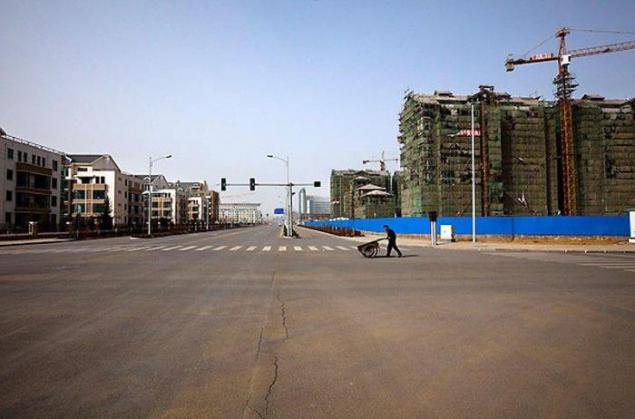
Construction in progress. Workers are shtroblenie walls of the future shopping center for the residents of non-existent apartment complex.
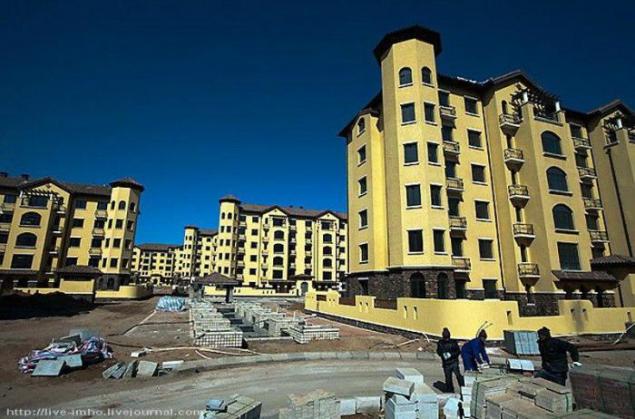
Monument. Pedestrian walking down the street behind a giant sculpture depicting two horses on the square Linyuynli, district kangbashi.
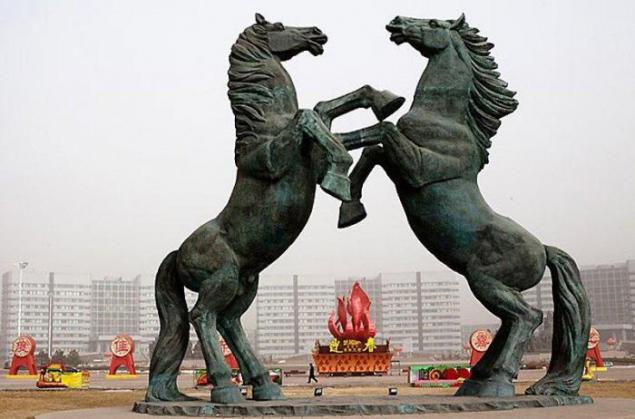
Why are they empty? Firstly, the majority of these apocalyptic ghost towns built away from the busy trade routes and large enterprises, away from civilization, nearly undeveloped man field. Second, the price of real estate soared, and now she is such that the average Chinese person who does not "lift" a loan to buy apartments God knows where gone. Cheaper and more fun to live in Shanghai, "in a cage."

Why China is building a large, well-designed ghost towns that are completely empty?
Photos for Google Earth city in the country represent a huge complex consisting of office skyscrapers, government buildings, residential buildings, residential towers and homes, all connected by a network of empty roads, and some cities are located in the most inhospitable places in China.

Images of ghost towns (after countless billions of dollars spent on design and construction) show that they have no one lives.

Picture looks like a giant film set, prepared for the filming of some apocalyptic film in which a neutron hit or unknown natural disaster destroyed the men, leaving skyscrapers, sports stadiums, parks and roads completely intact. One of these cities all built in the middle of the desert, in the inner Monogolii & quot ;.

Business Insider published a series of photos of the Chinese ghost towns. None of these cars is not observed, except for about 100 pieces, parked on a large vacant lot near the government building, and another one, which depicts a beautiful park, and people are added to the photo editor.
China is now by some estimates about 64 million empty homes. In its "large areas of available land," China is building up to 20 new ghost towns in a year.

All anything, but I came here for a delusional explanation of the circumstances. Listen!
Currently, China has about 100 cities. And these freshly built ghost towns are the reserve fund to the public. In the event of war. Bomb them makes no sense, there are many more important goals. And existing residential city is sure to be struck, and probably nuclear. Restore them during the war, costly, and such huge masses of people not to stuff the cracks. It is much more profitable and easier to rebuild whole towns with existing infrastructure in advance, and at the right time to evacuate the population and the surviving remnants of the equipment from the factories and plants.
But there is one very unpleasant moment. Maintained
Let's all still revered real version.
Dai District Huizhou city, Guangdong Province covers an area of over 20 square meters. km. For several years he actively built and has a fully established infrastructure. However, for several years there empty for about 70% of living space, which made it a real "ghost town».
According to the Chinese newspaper "Daily Economic Bulletin", the new district Dai is located 70 km from the metropolis of Shenzhen, in just a few years it was completely built as a residential and administrative buildings and business. However, the broad streets between high-rise buildings is very rare to find passersby.
Since property prices in the area in 4-5 times lower than in neighboring Shenzhen, residents of the metropolis bought an apartment here. But they did it solely as an investment, hoping that by the time the price of this property will rise. They themselves do not live there, only occasionally visited by.
Their assumptions were correct, the past few years, real estate prices in the region jumped more than twice. The average square meter now costs 5,000 yuan ($ 714).

New town is similar to the area after the epidemic, which has survived a small part of the population. In the windows of high-rise buildings is rare where you can see the light.
"Then all the apartments have already been sold for a long time, but most owners do not live in them. Constantly live here less than 20% of tenants "- says the guard of one of the districts.
Locals joke: "We've got nothing grows but empty houses».
The company Forensic Asia Limited in its report points to the existence in China of many empty areas, so-called "ghost towns».
Zhengdong New District, Shenzhou city, Henan Province has been named the biggest "ghost town", as well as significant area of the housing bubble in China. The area began to build in 2003, it covers an area of 150 square meters. km. For several years he inhabited by less than 40%.
After this information was widely publicized in the media, a local official told the newspaper "China Business" totally rejected it. In turn, he said that the current level of settlement of buildings is 90%, while the number of residents of the area Zhengdong has exceeded 300 thousand. Man.
However, according to those same authorities, is now already built more than 30% of the planned development area, and the resulted officer level settlement is only 7, 5% of the planned number of residents, which in 2020, according to the project, shall be 4 million. Man .

Last year, Chinese media reported that State Grid Company of China conducted a study of 660 cities. As a result, it was found that 65 electricity meters, 4 million. Apartments for six months zero readings. This suggests that the apartment no one lives. These apartments enough to stay 200 million. Man.
Chinese economist Xie Guozhong said that China remains empty 25% - 30% of new buildings. According to him, the area of housing in Chinese cities is 17 billion sq. M. m, which is sufficient for the settlement of all Chinese people.
When the financial crisis, many Chinese businessmen began to transfer their capital out of production in the real estate, to somehow avoid bankruptcy. Thus, a lot of houses and apartments in the country has been bought just for investment. But it also became the main reason for a sharp rise in property prices, which the authorities still can not take control.
The fact is that for some time due to the construction boom and diminished appetite and the possibility of developers world economic crisis originated in China hitherto unseen type of ghost towns. It is well-Residential, with all the necessary infrastructure to modern man, in which no one lives. And if it does not, we shall dwell there, all overgrown with weeds, in Pripyat.

The construction boom resulted trillion yuan in new empty town for 64 million inhabitants. These neat 20 (so far) kingdoms buildings can be relocated to Ukraine, Moldova and Belarus. And at our place - the Chinese, let rake that we have not completed.

An elderly man pushes a cart crossing the road separating the building from complete still under construction.

Construction in progress. Workers are shtroblenie walls of the future shopping center for the residents of non-existent apartment complex.

Monument. Pedestrian walking down the street behind a giant sculpture depicting two horses on the square Linyuynli, district kangbashi.

Why are they empty? Firstly, the majority of these apocalyptic ghost towns built away from the busy trade routes and large enterprises, away from civilization, nearly undeveloped man field. Second, the price of real estate soared, and now she is such that the average Chinese person who does not "lift" a loan to buy apartments God knows where gone. Cheaper and more fun to live in Shanghai, "in a cage."








